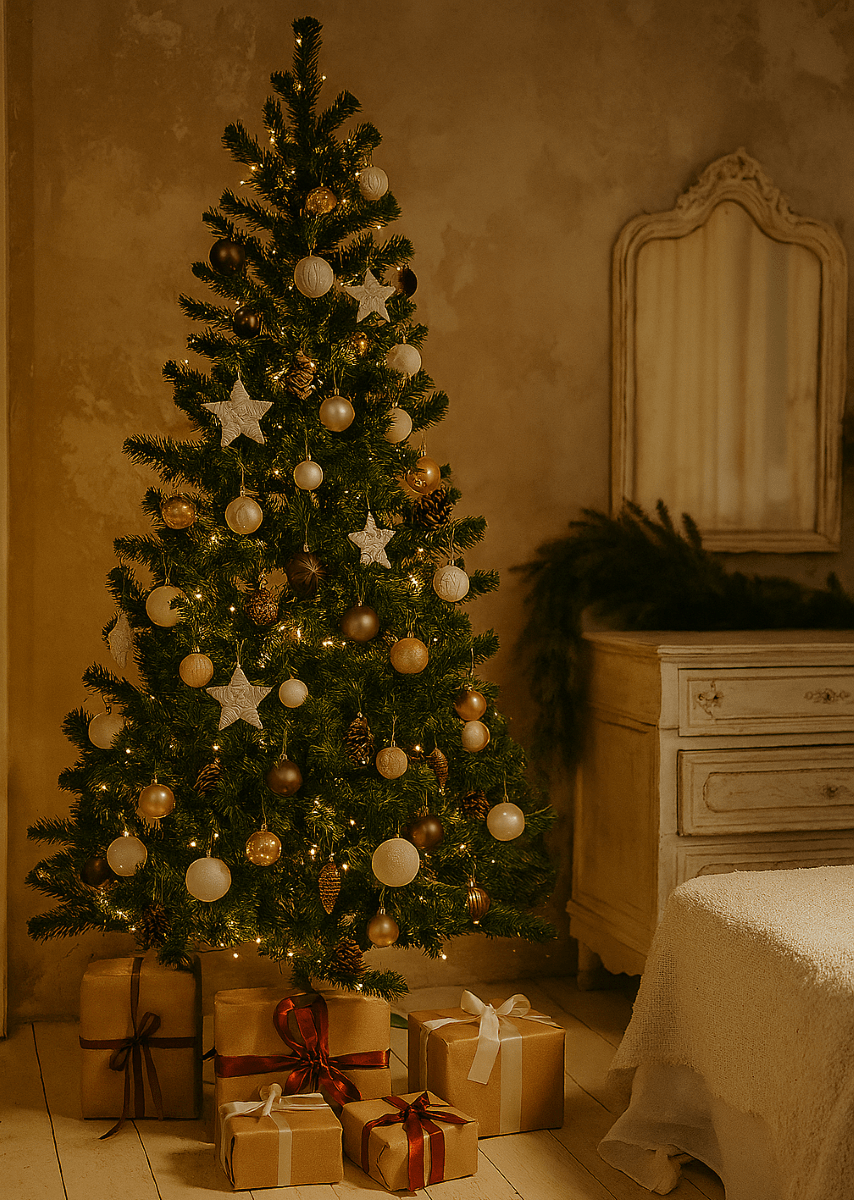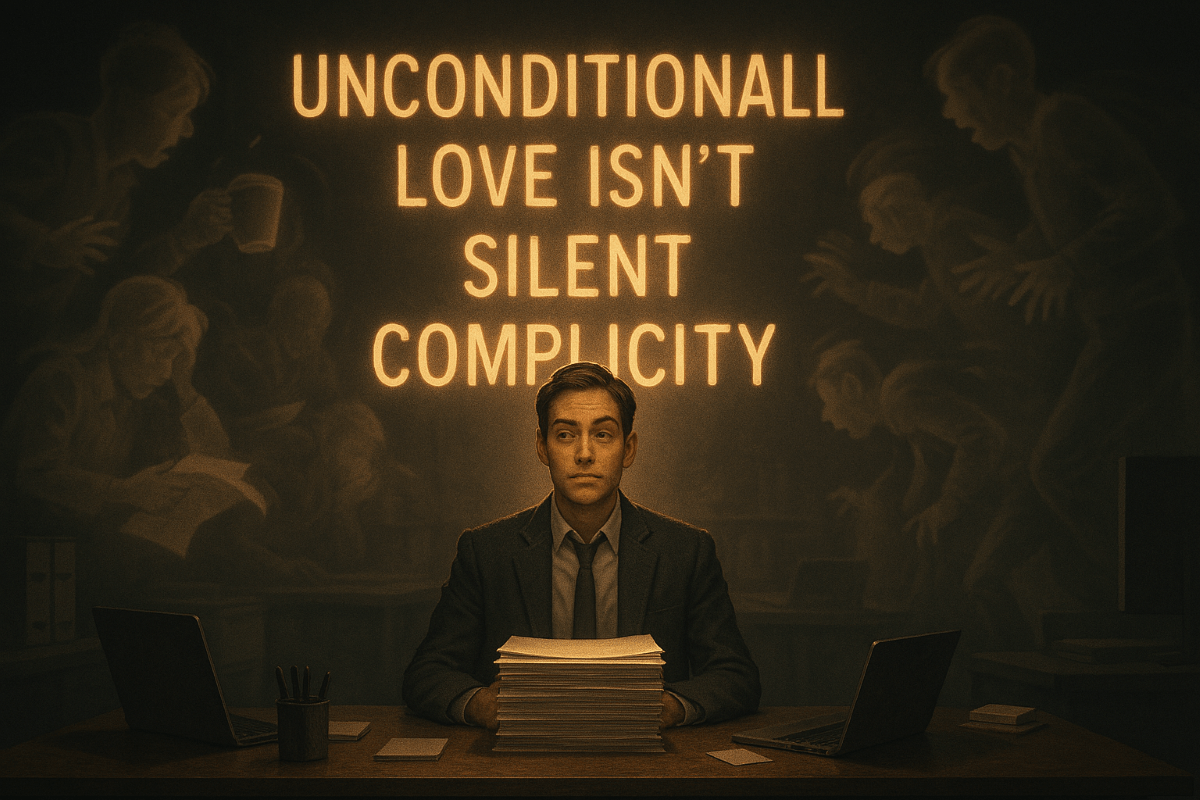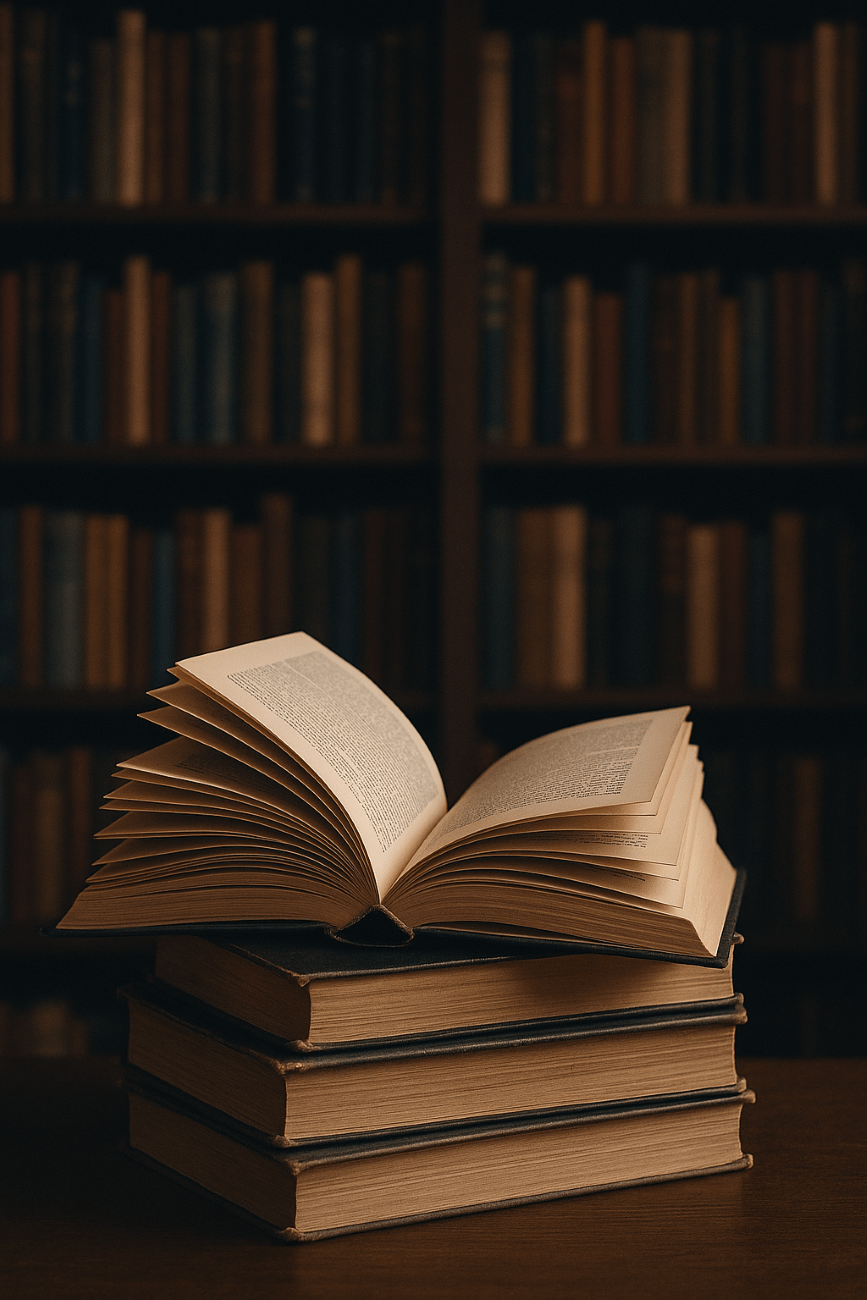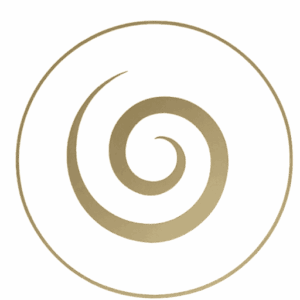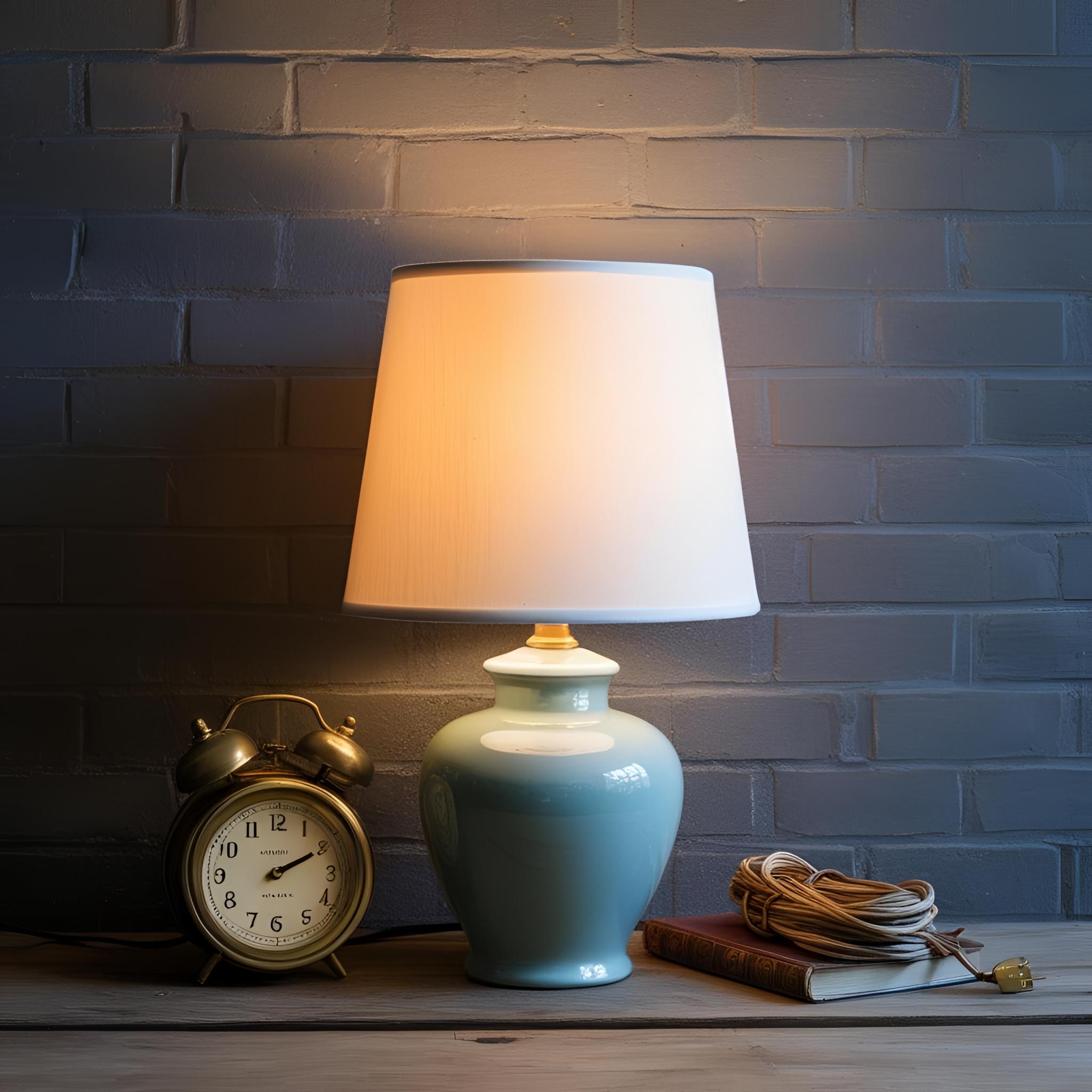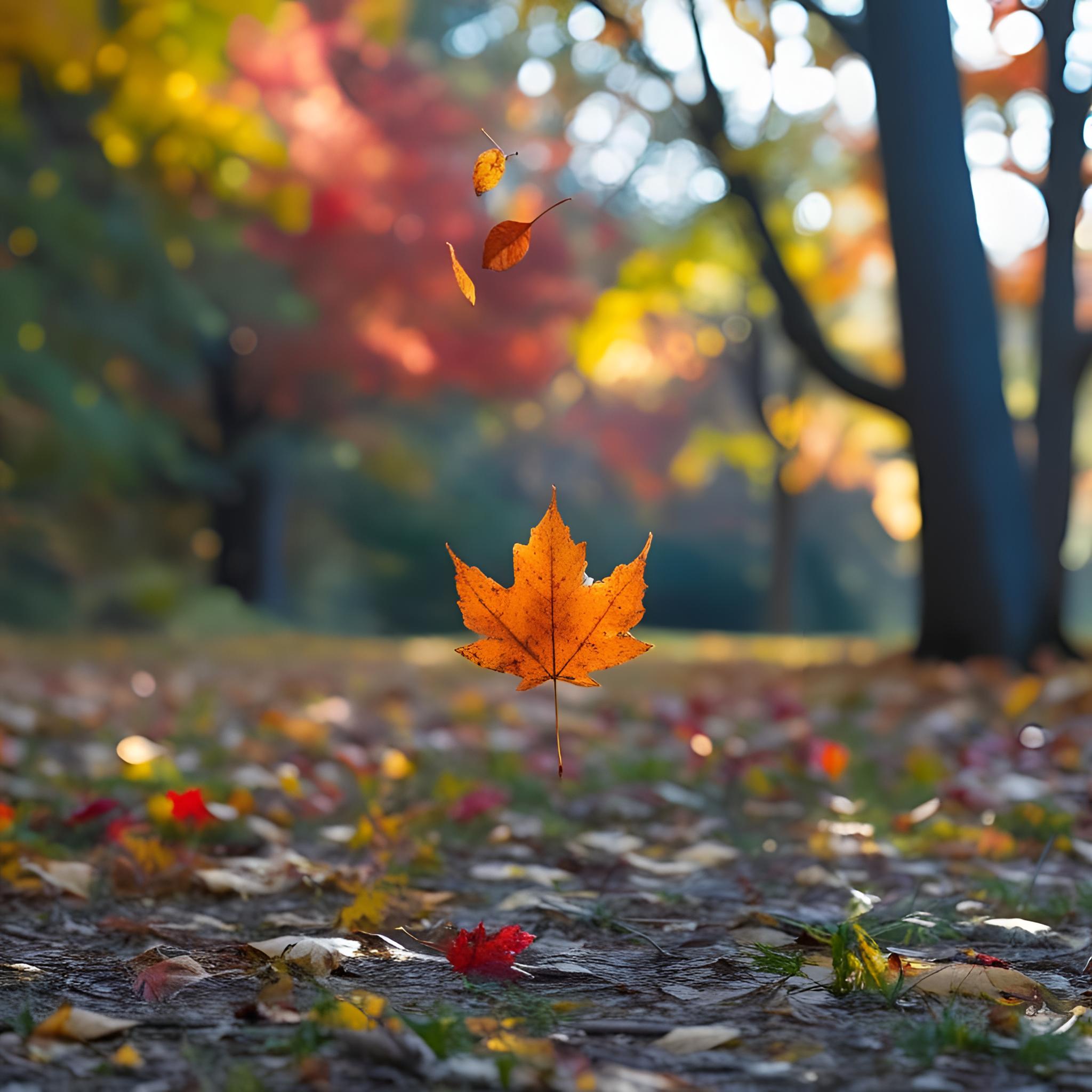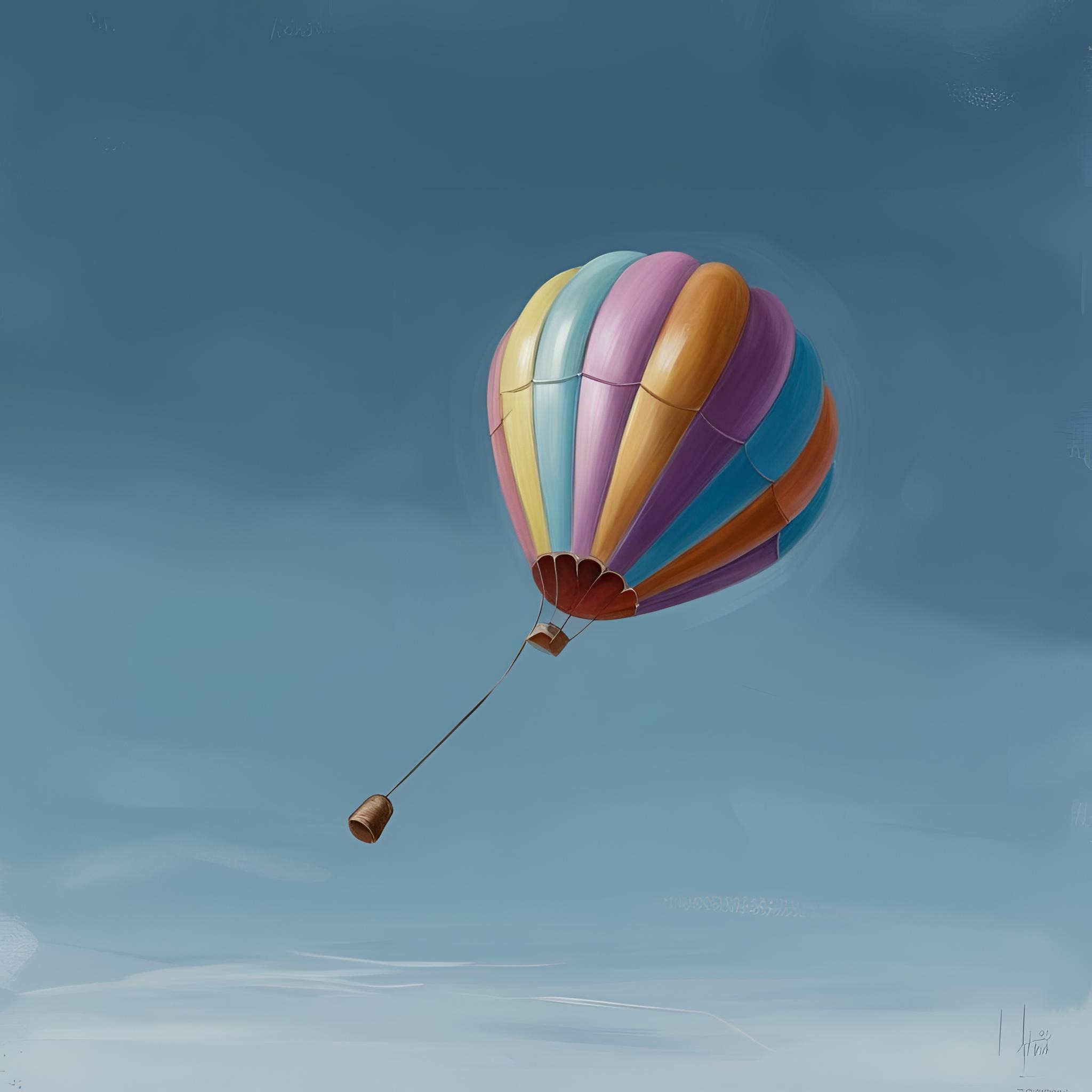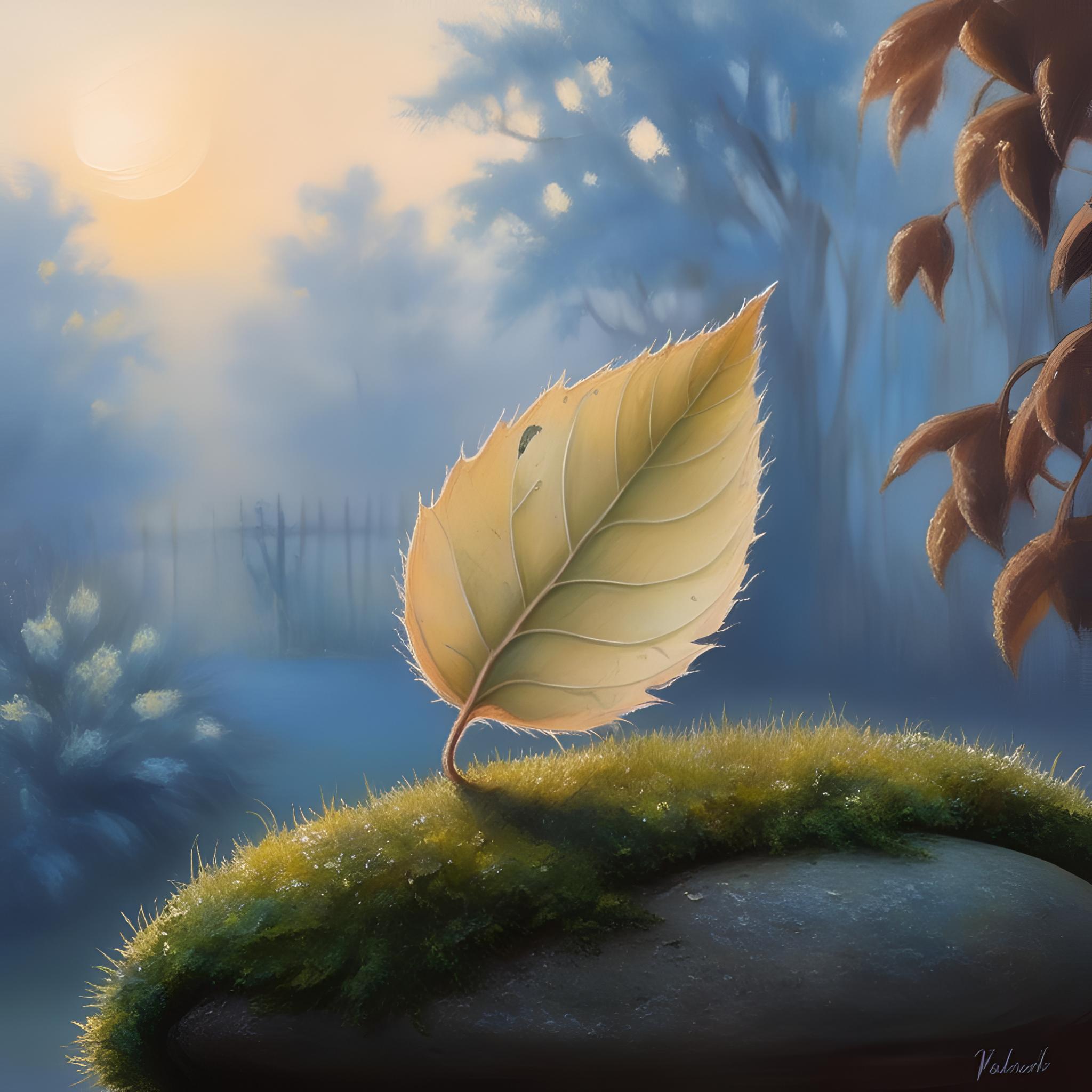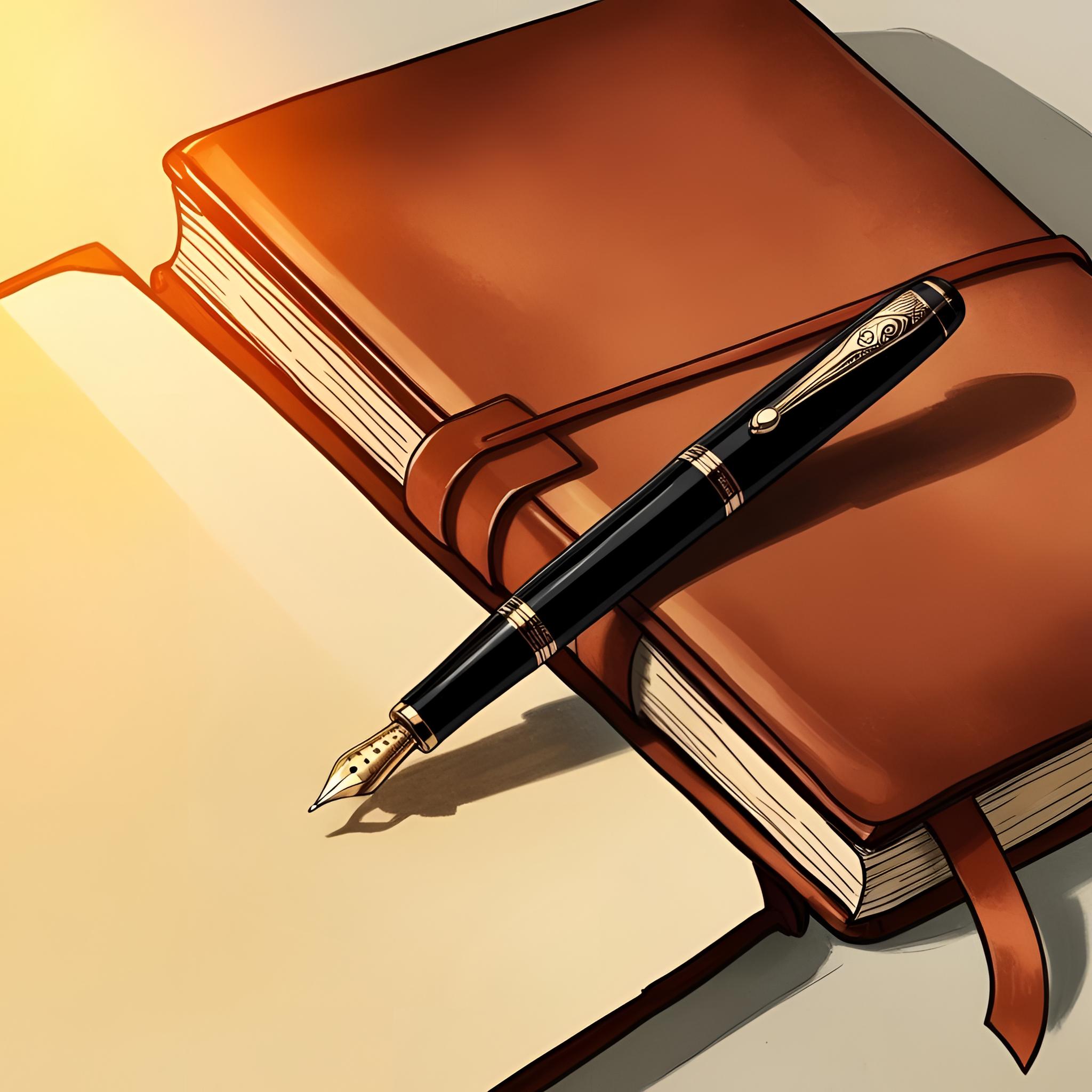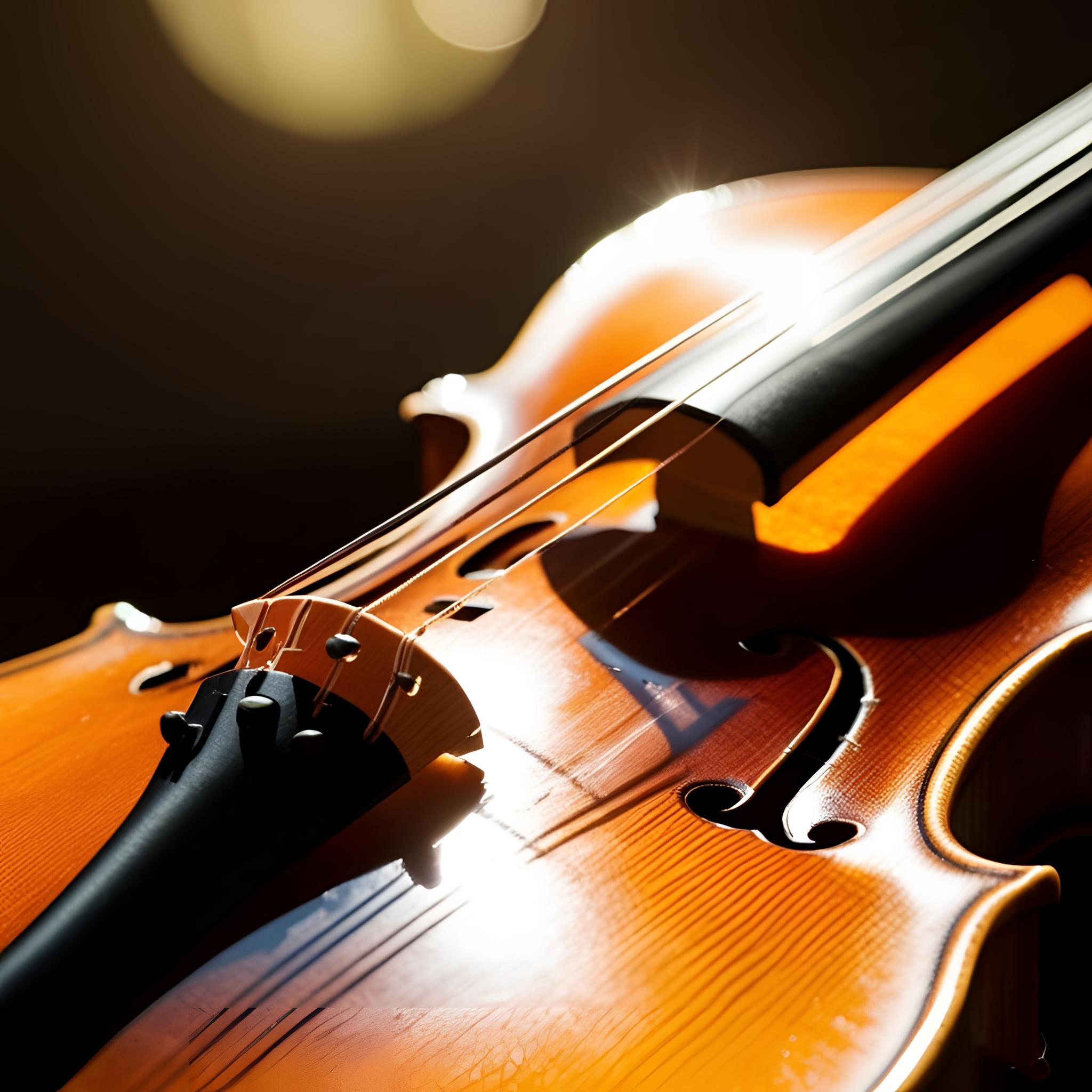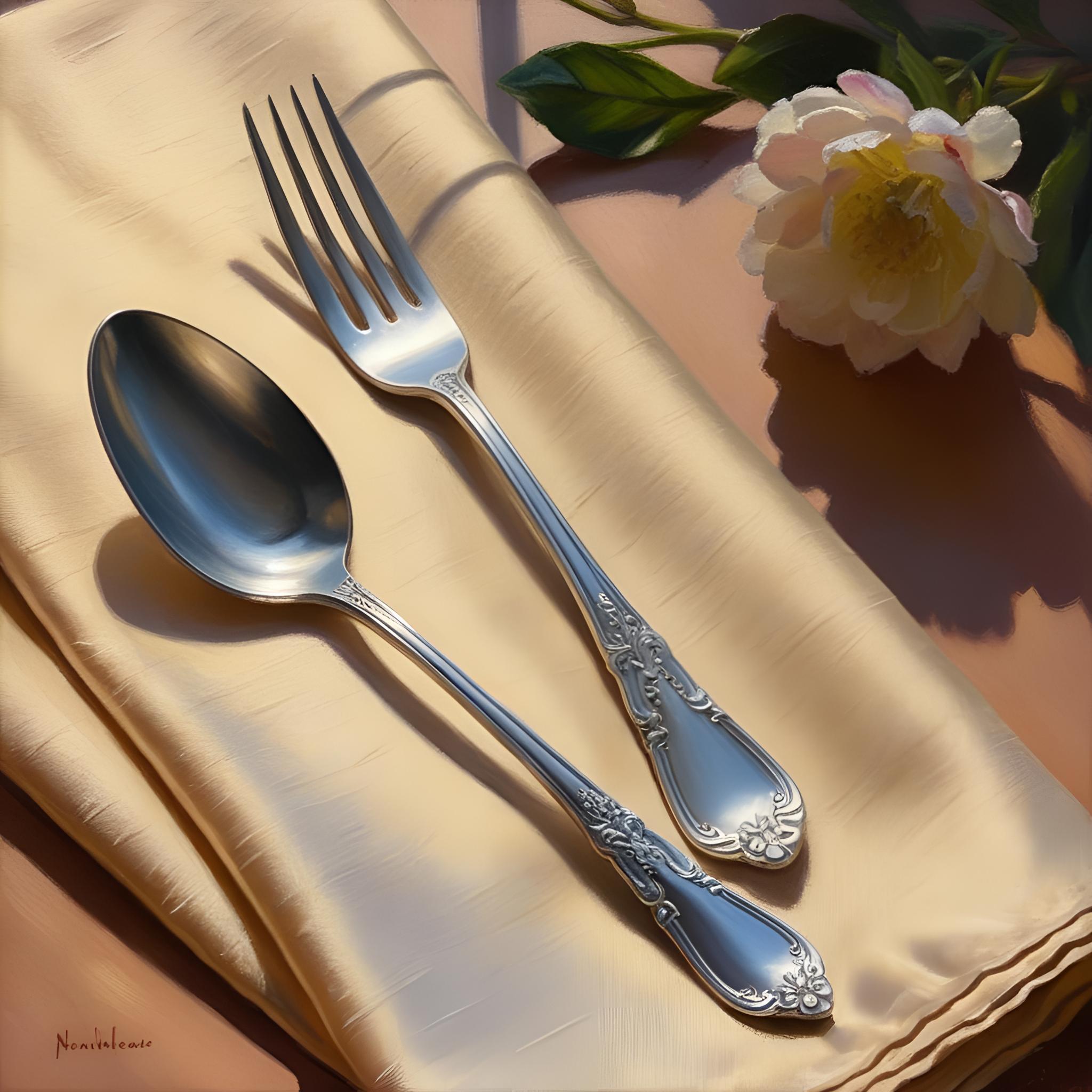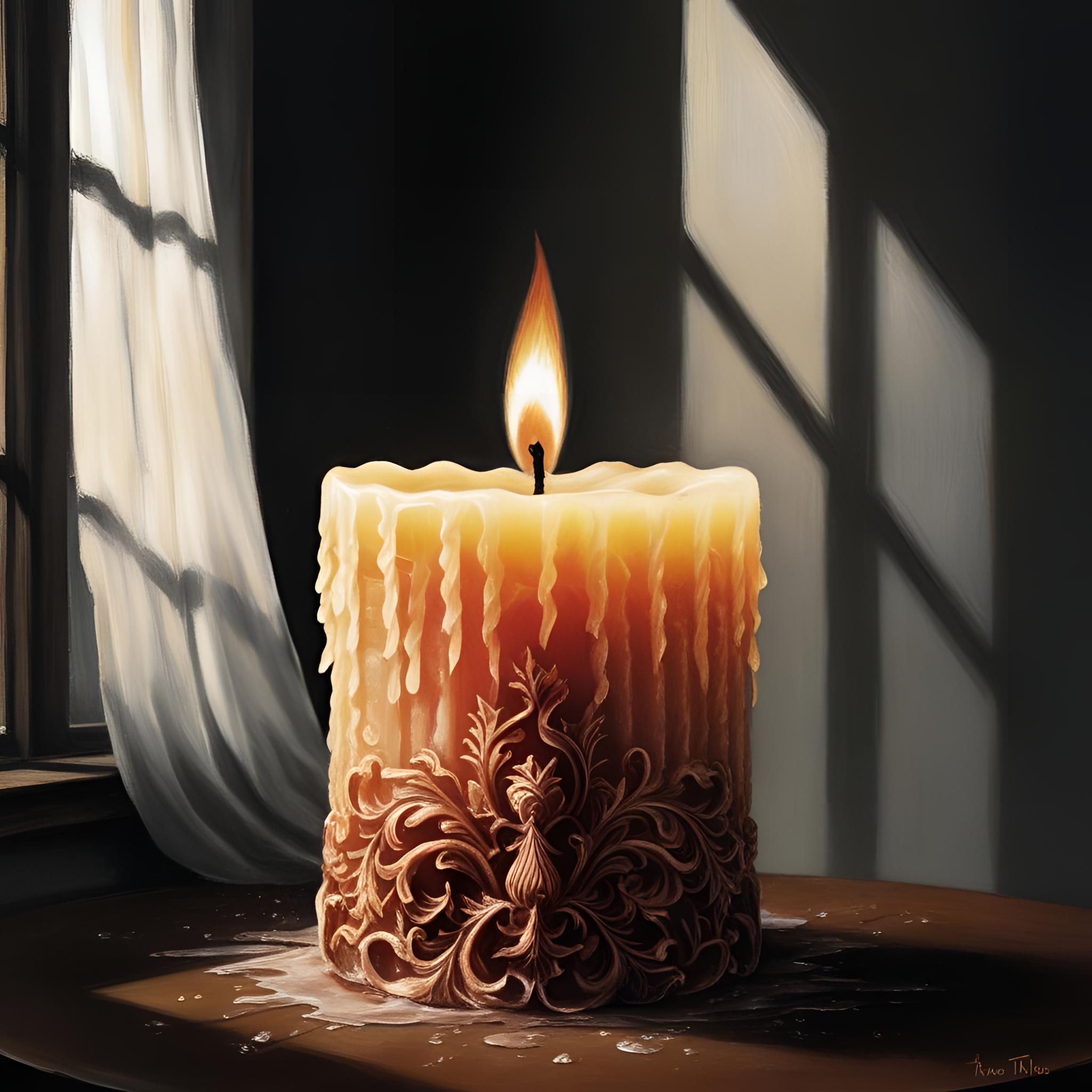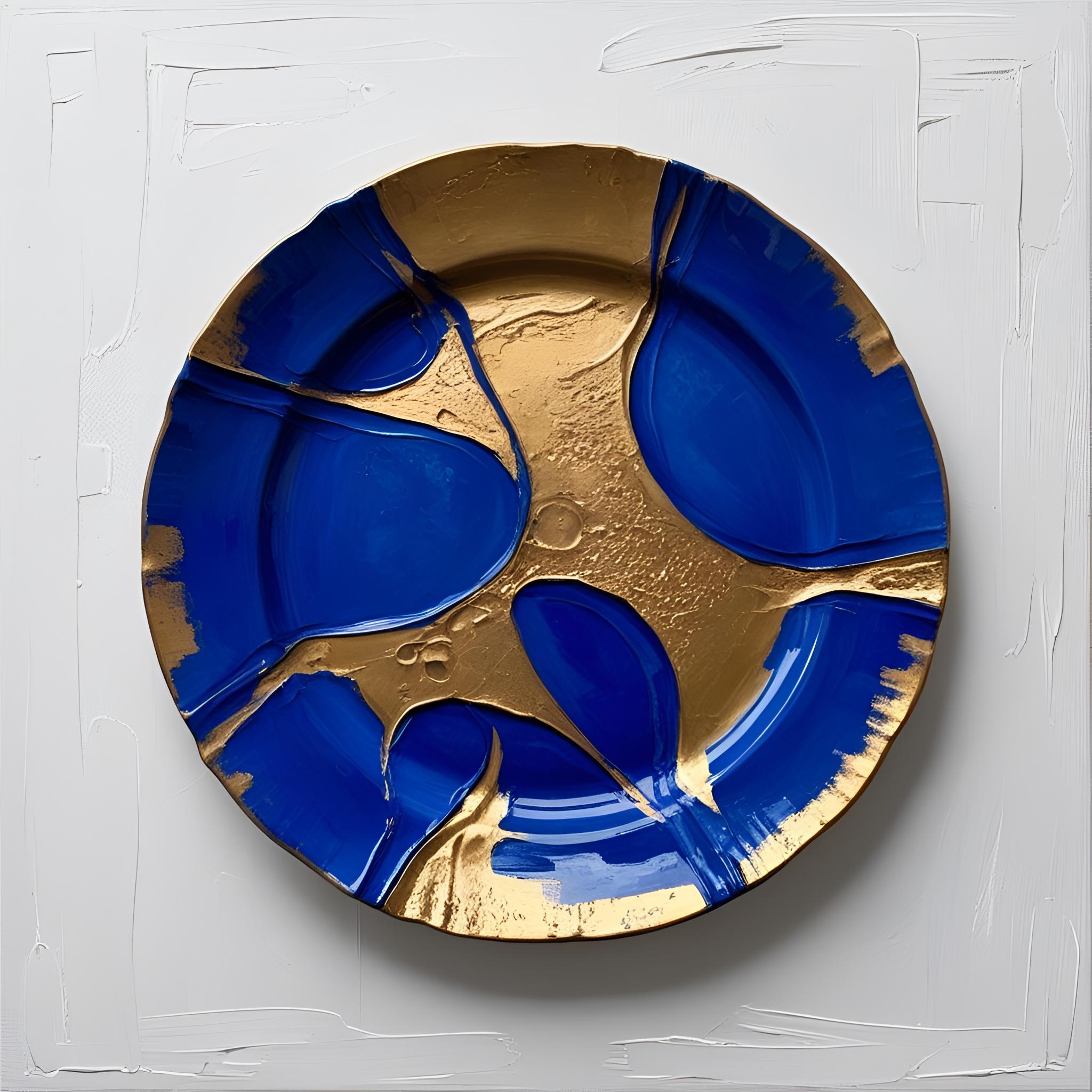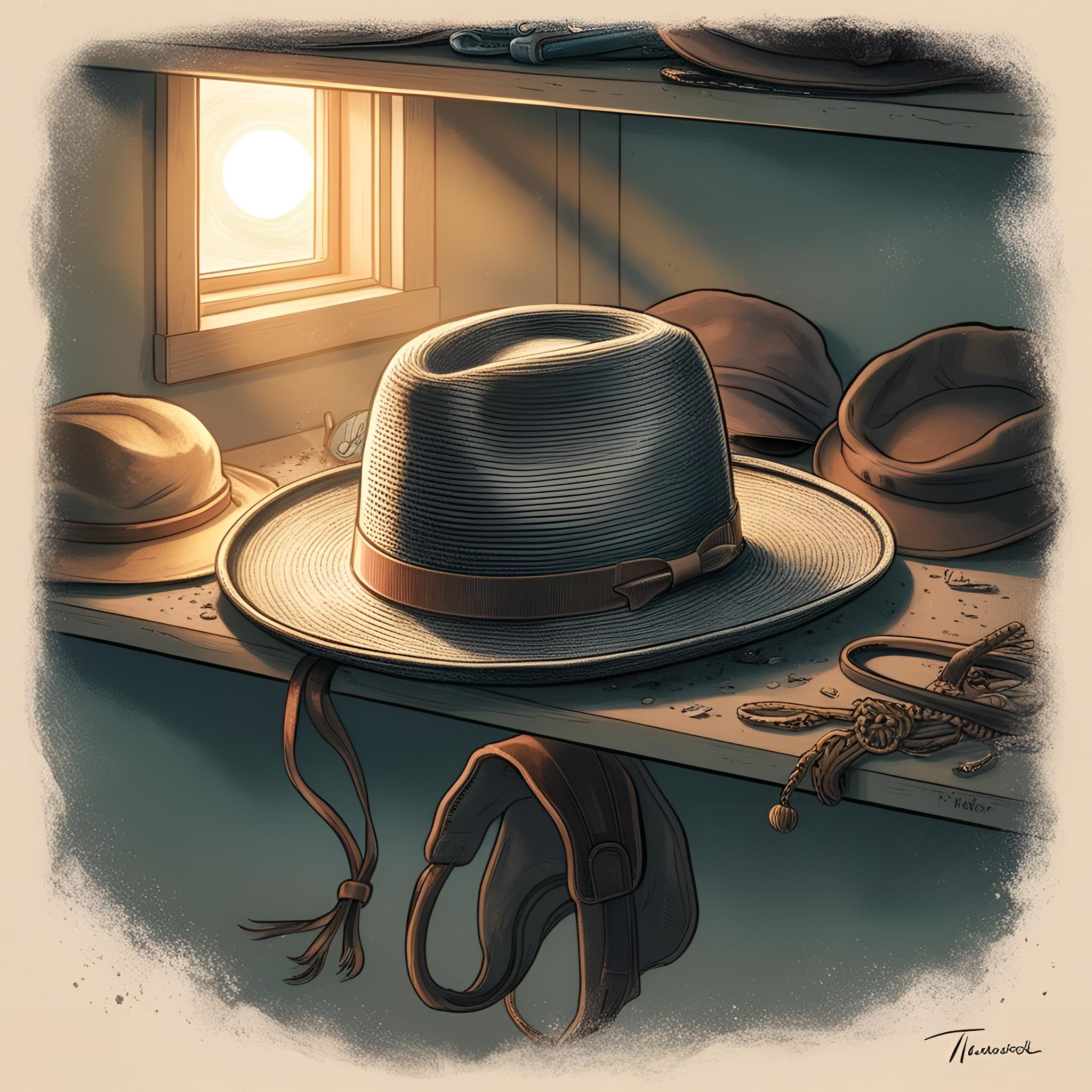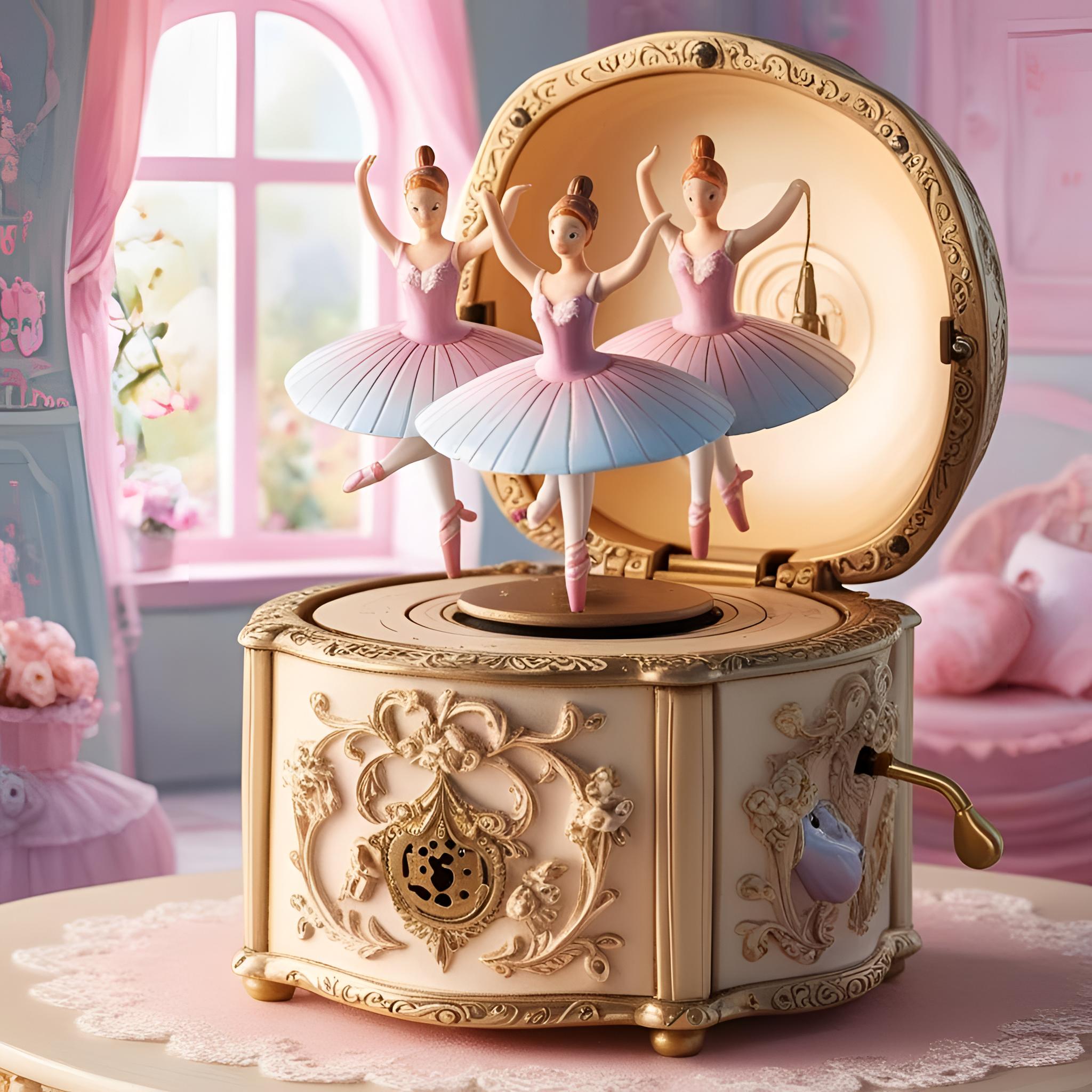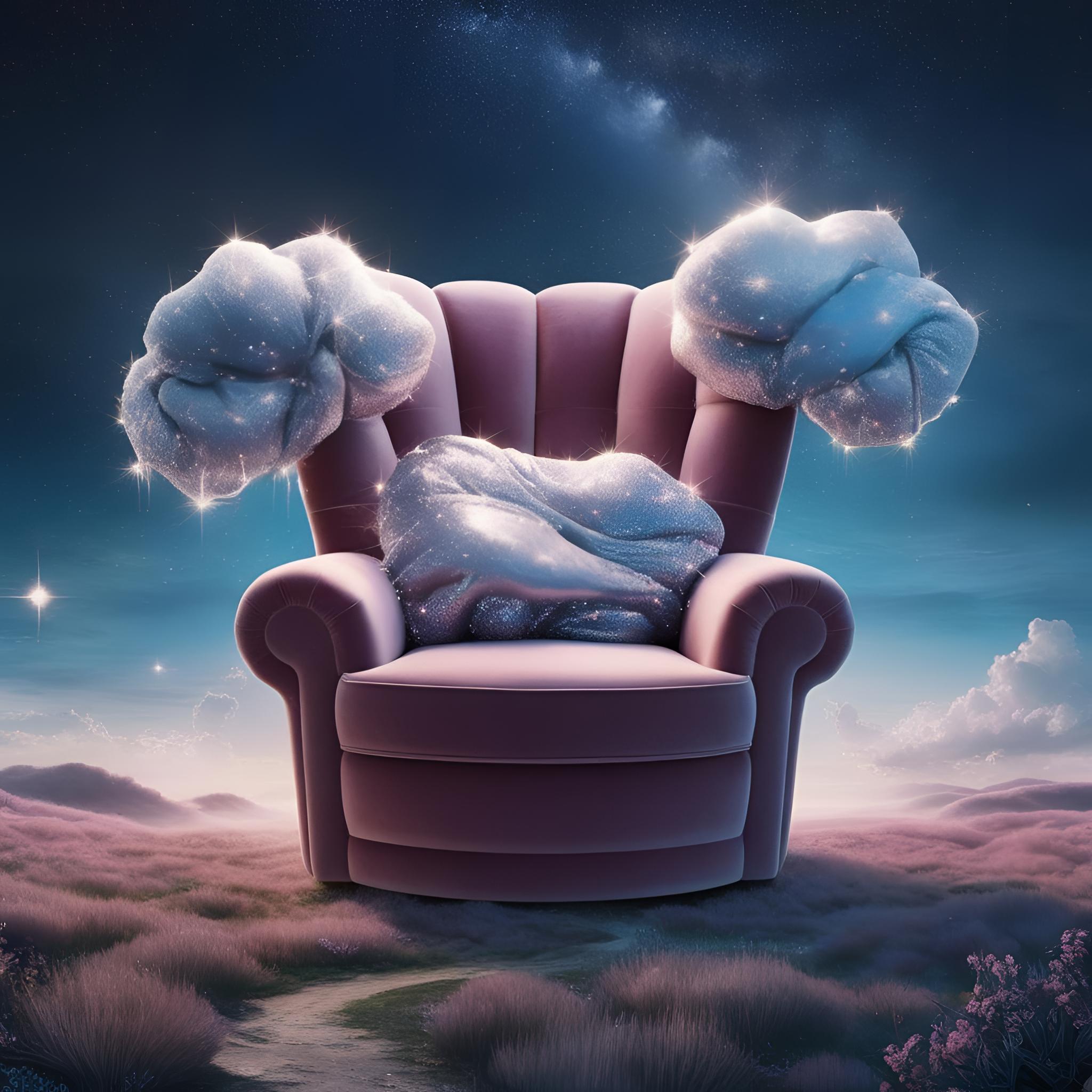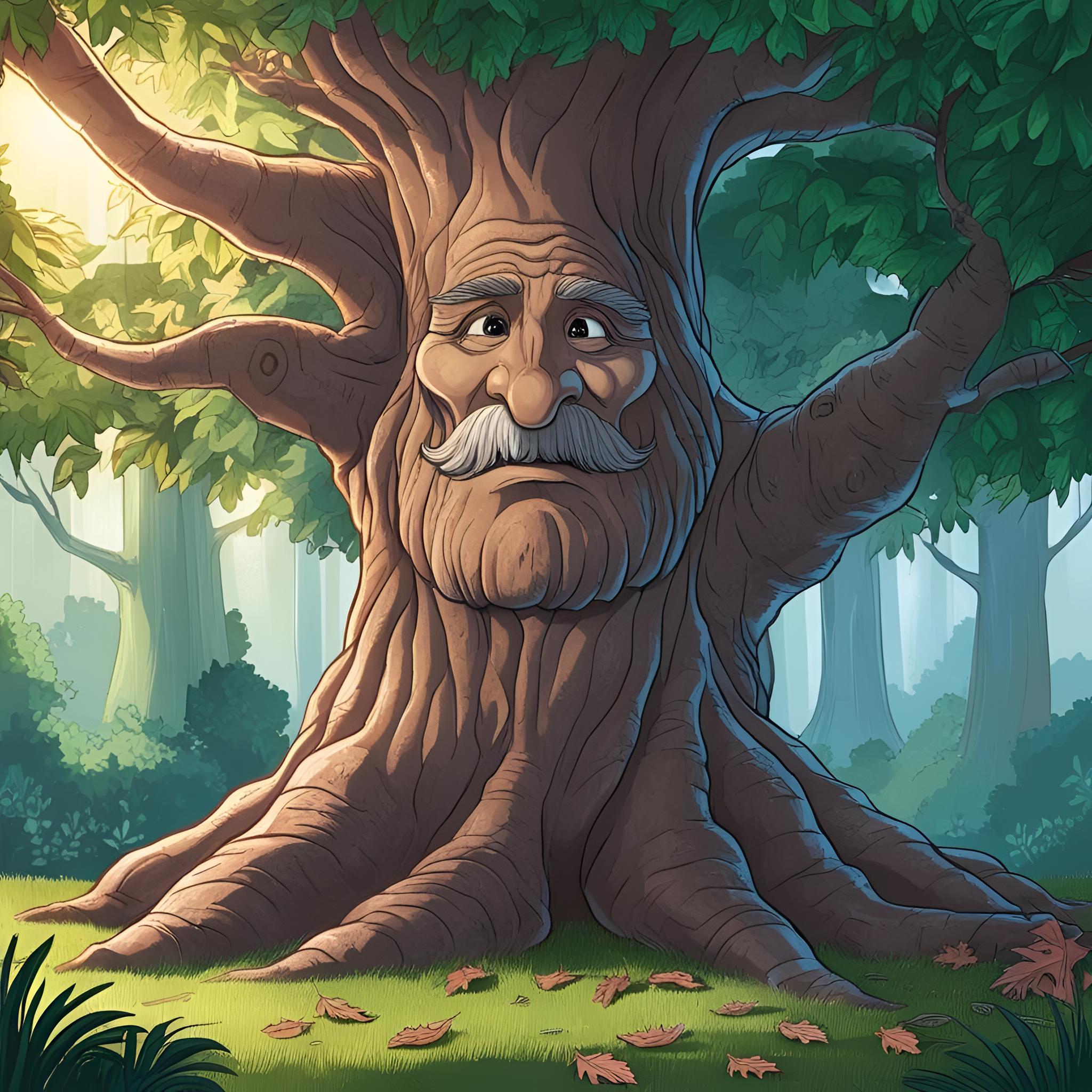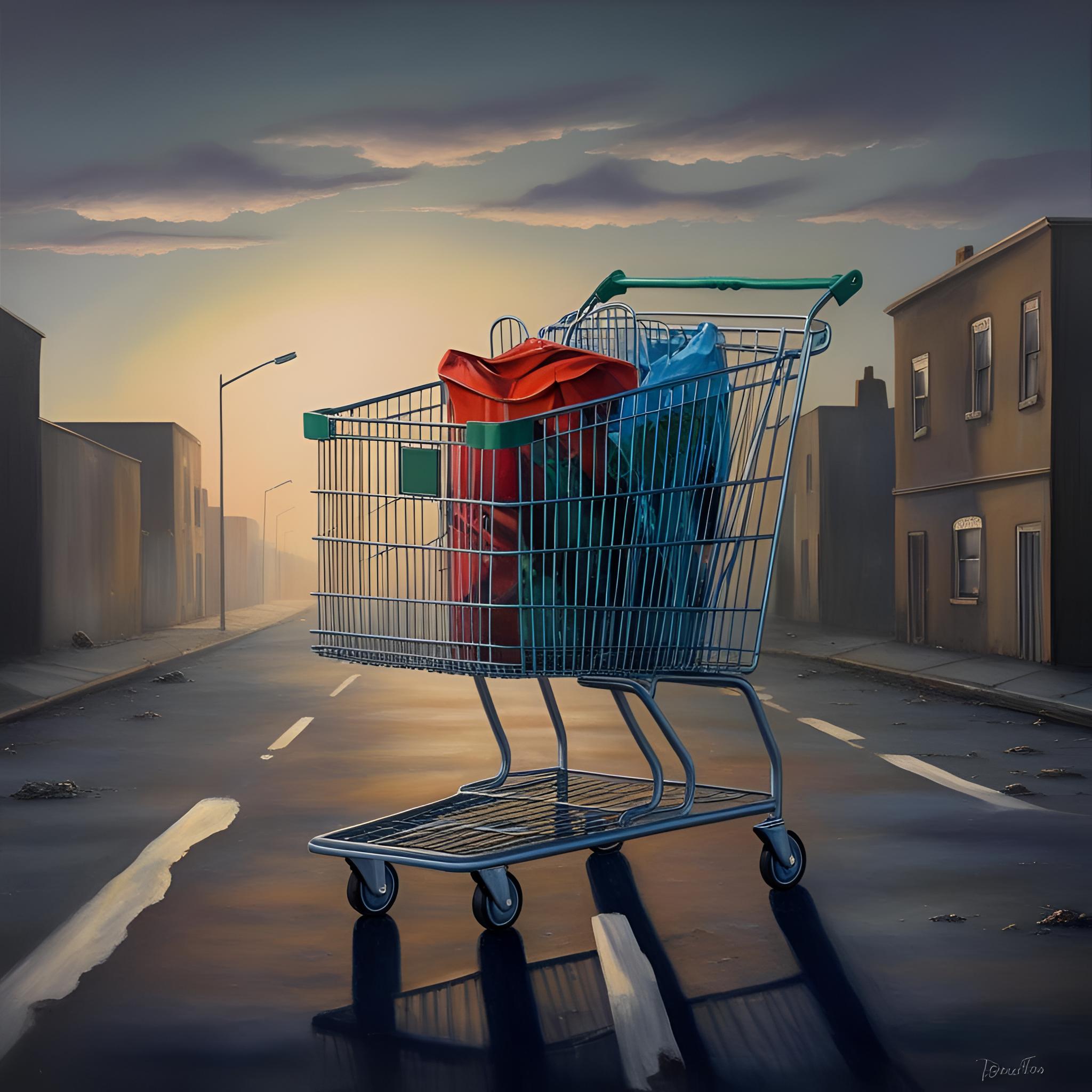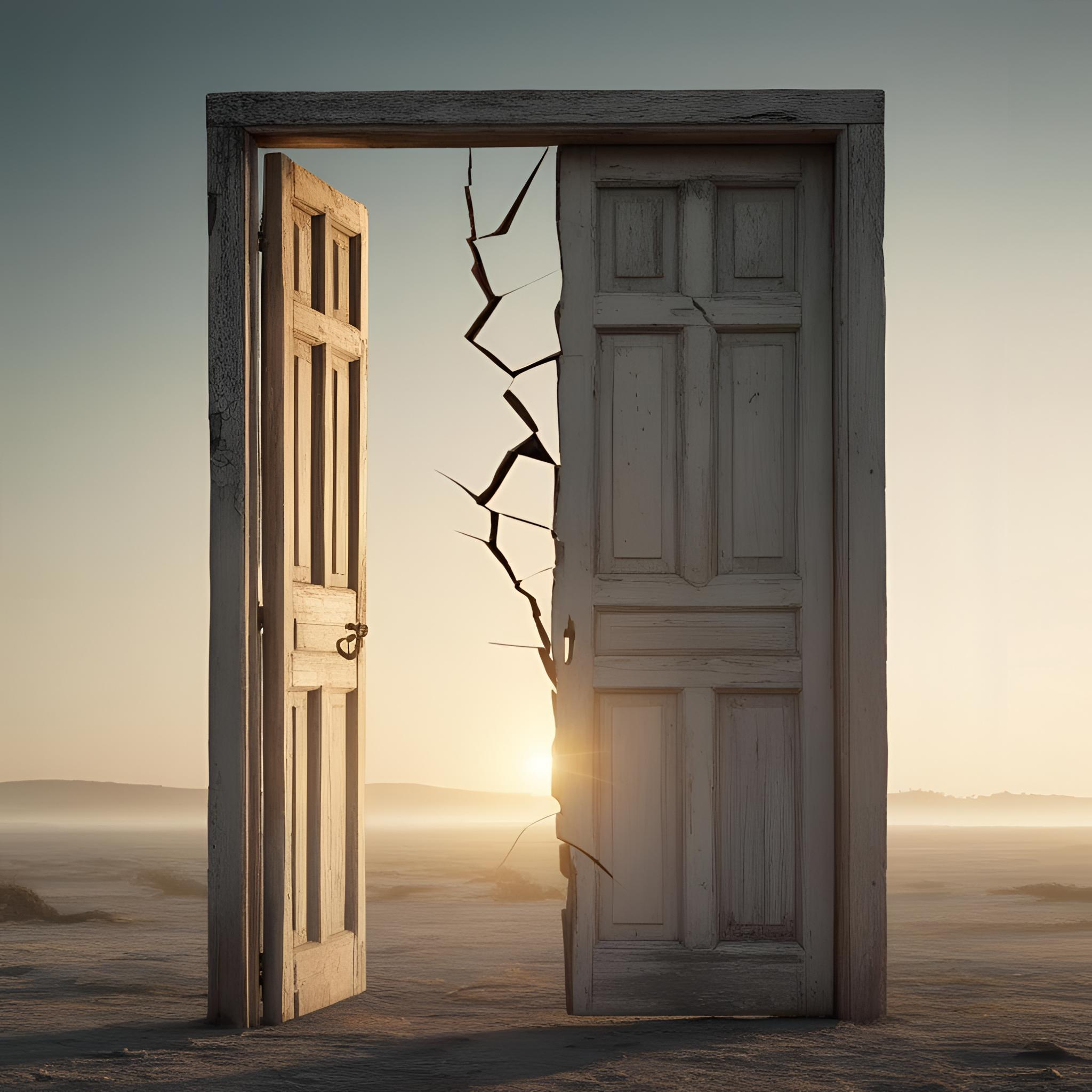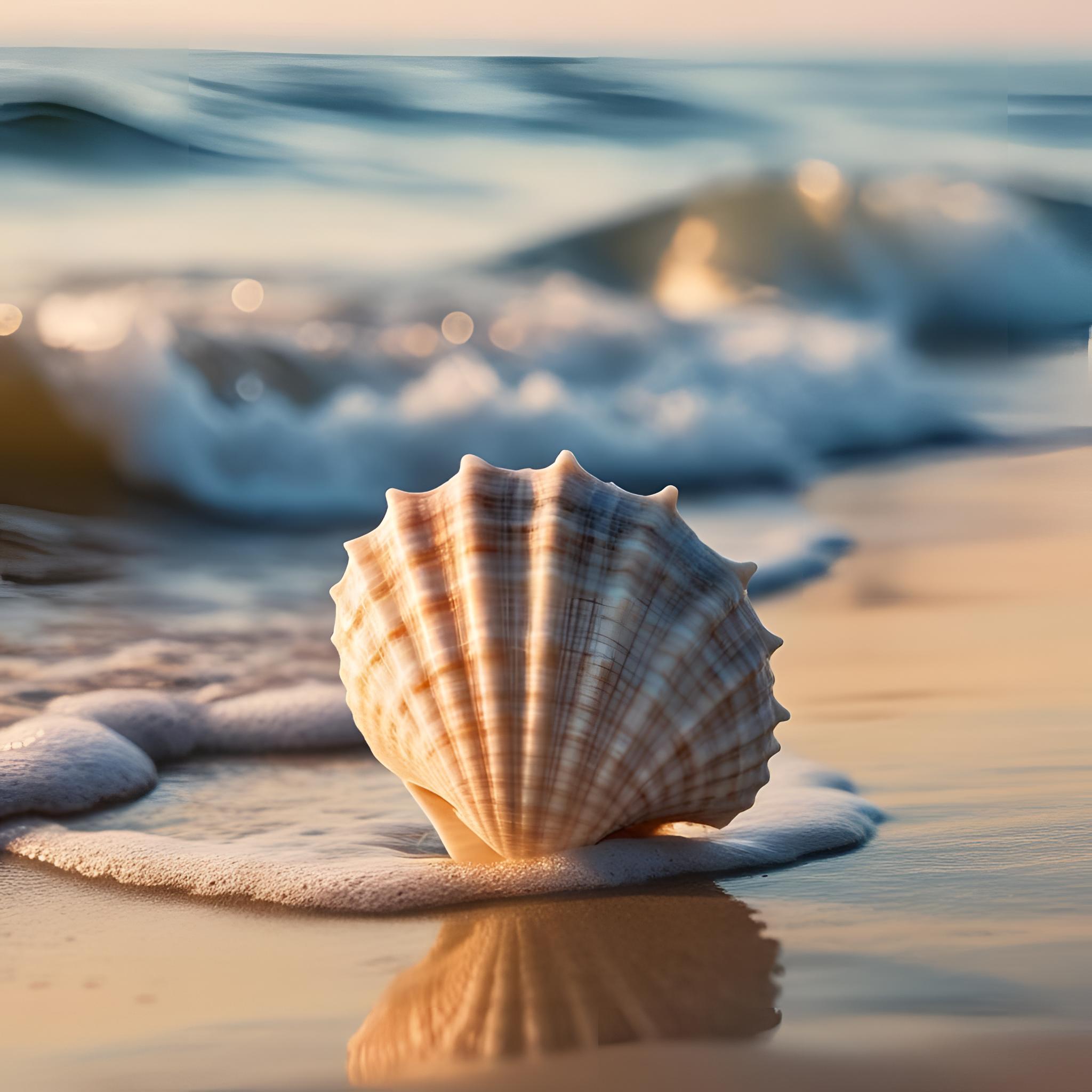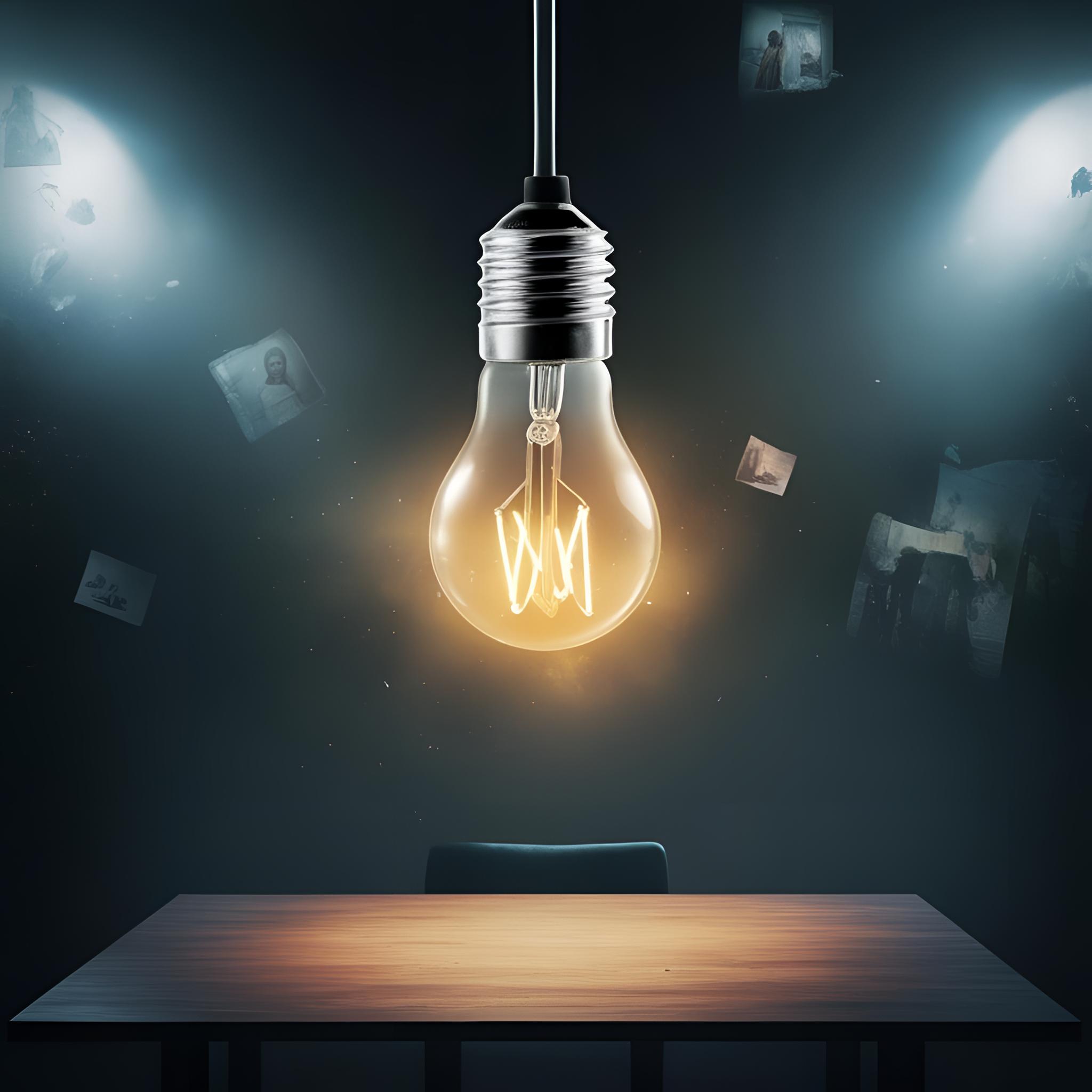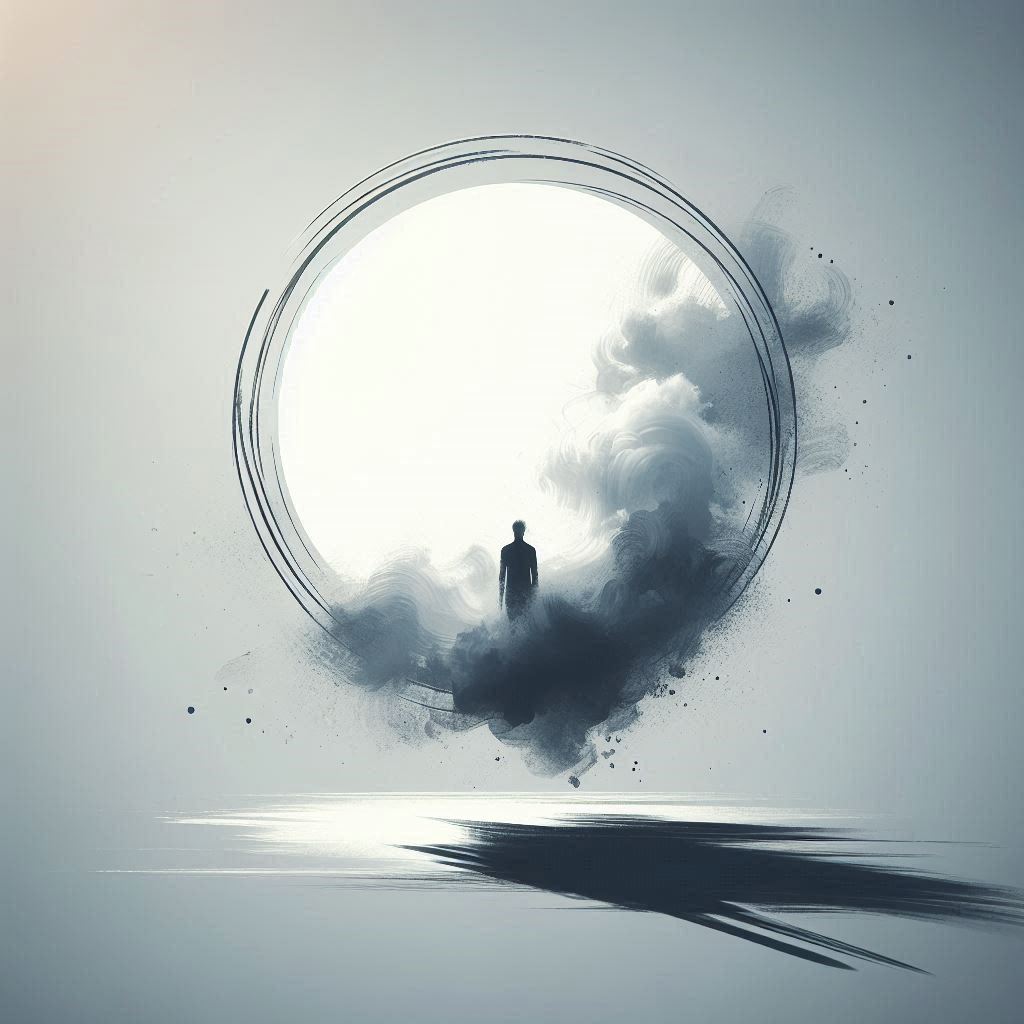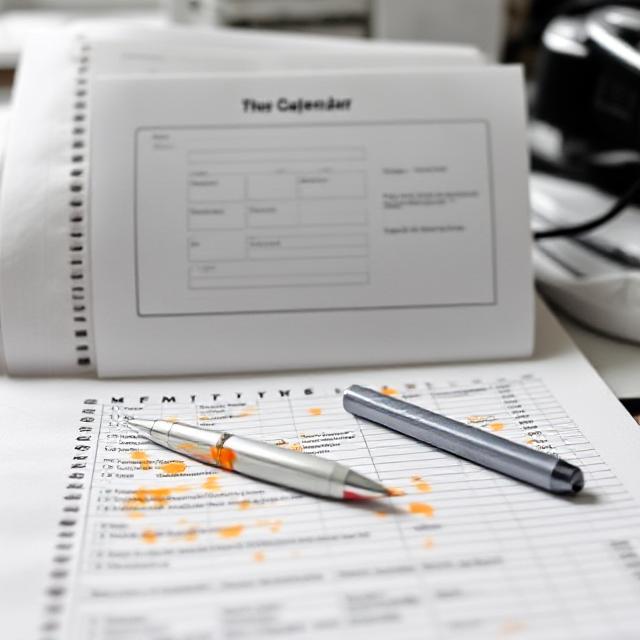What Is Creativity and How to Build a Creative Mindset in Modern Life
Creativity. The word is silk and static. It smells like paint thinner and dreams. It’s a cocktail of nerve, nonsense, and necessity, and we toss it around like glitter at a parade, not always sure what it sticks to or why we need it so badly.
In the age of algorithms, where certainty sells and ambiguity is exiled, creativity remains the last legal form of rebellion. It doesn’t ask for permission. It loops past logic. It interrupts polite conversation with a question no one knows how to answer.
But what exactly is creativity? Is it a talent bestowed by the gods or a muscle anyone can stretch with enough reps and enough rejection? Is it more important than discipline? Can it survive inside a spreadsheet? And in a world obsessed with optimisation, is there still room for the wild idea, the glorious mess that doesn’t promise results, only revelation?
This article is a map for those questions. It won’t promise clarity, but it will promise honesty. Because creativity isn’t cute. It’s not tidy. It’s not even always useful. But it is alive, and it’s yours, even if it’s been buried under years of fitting in.
So let’s dig. Let’s unearth it. Let’s see what happens when you stop trying to be normal and start listening to the strange music humming under the noise.
1. What Is Creativity, but Really?
Creativity isn’t just painting sunsets or writing novels. It’s problem-solving in high heels. It’s thinking sideways in a world built on straight lines. It’s the ability to see connections others miss, to build castles out of chaos, to dare the question “what if?” in a culture obsessed with “what is.”
Try asking a room full of people to define creativity and watch the air get thick with metaphors. “Thinking outside the box,” someone mutters. “Connecting the dots,” says another, pointing vaguely to the ceiling. One person, usually wearing linen, says, “Creativity is life.” Everyone nods, but no one knows what the hell that means.
We’ve mythologised creativity into a glittery fog: part divine gift, part mental illness, part quirky branding. But underneath all that fluff, creativity is simple. It’s the ability to make something new, whether that’s a painting, a loophole, or a faster way to chop onions. It’s not medium-specific. It doesn’t require a beret or a trauma-infused childhood. It just requires a mind willing to wander.
Psychologists like to call it divergent thinking: the ability to generate multiple solutions to a problem. It’s the opposite of copy-paste thinking, and it’s often inconvenient because it doesn’t follow protocol. It questions the question. It sees a wall and thinks, “What if it were a door?”
Creativity is equal parts pattern recognition and pattern rebellion. It’s improvisation with roots. It’s intuition with dirt under its fingernails.
And it doesn’t belong exclusively to artists. Engineers use it to design bridges that won’t collapse. Chefs use it when they turn beetroot into foam. Con artists use it when they invent a lie no one’s heard before. (Creativity, like fire, doesn’t care what you do with it.)
But perhaps the most important thing to understand is this:
Creativity is not a fixed trait. It’s a mode. A state. A choice.
You can cultivate it. You can return to it. You can lose it and find it again, like a voice you forgot you had.
And that voice? It doesn’t always speak in masterpieces. Sometimes it mutters. Sometimes it stutters. But when you let it speak freely, without judgment or agenda, that’s when things start to get interesting.
2. Is It Really That Important?
Yes. Profoundly. In a world of automation and noise, creativity is one of the last things machines can’t fake. It’s how we adapt, invent, heal, and survive. It’s not a luxury. It’s a survival skill.
We live in a world obsessed with usefulness. We like all things measurable, monetisable, and preferably faster than yesterday. In that context, creativity can look suspicious, like the drunk uncle at the family reunion: unpredictable, emotional, full of bold claims and strange smells. Charming? Yes, but important?
Let’s kill the suspense: yes. It’s about vitality.
Creativity is what separates humans from very efficient toasters. It’s the engine of innovation, the spark behind every scientific breakthrough, great novel, viral meme, and accidental microwave burrito. Without it, we’re not just dull, we’re doomed.
But beyond its power to invent and entertain, creativity matters for something quieter: it’s how we process the world. It helps us make meaning from chaos. It allows us to reframe trauma, imagine futures, and translate emotions that have no words. A society without creativity becomes a society without empathy, nuance, or poetry. And frankly, we’re already flirting with that abyss.
Still, we undervalue it. Schools teach creativity until about age eight, then slowly suffocate it with rubrics. Workplaces demand “thinking outside the box” but punish anyone who doesn’t colour inside the lines. Even in art, the sacred temple of expression, market trends choke originality faster than you can say “authentic voice.”
So, why does creativity matter? Because it’s a survival trait, emotionally, culturally, even politically. It’s how we respond to change, challenge orthodoxy, and keep the human spirit from calcifying into something corporate and dull.
It’s not optional. It’s oxygen.
3. How to Know If You’re Creative
You are.
If you’ve ever lied convincingly, rearranged furniture, or daydreamed during a boring Zoom call, you’ve flexed the muscle. Creativity isn’t a rare gene. It’s a resource. Some of us have mined it more than others, but it’s in all of us.
Here’s the thing: most people don’t think they’re creative.
They think creativity means painting perfect landscapes, writing symphonies in candlelight, or inventing an app that disrupts the poultry industry. If they don’t do any of that, they assume the creative gene skipped them, some cosmic clerical error.
But creativity isn’t always grand or glamorous. Sometimes it’s weird problem-solving under pressure. Sometimes it’s daydreaming on the toilet. Sometimes it’s hearing a different rhythm in the same old routine.
Here are a few signs you might be more creative than you give yourself credit for:
You talk to yourself. Aloud. With different accents. (Congratulations. You’re storyboarding.)
You hate doing things “just because that’s how it’s done.” You’ve asked “why?” one too many times and made people uncomfortable.
You daydream. A lot. Not because you’re lazy, but because your brain’s playground is always open.
You’ve invented a way to do something slightly stupid but slightly better. (Yes, duct-taping your curtain rod to the ceiling counts.)
You feel weird in groups that worship normality. And you might have a mild allergy to meetings.
Creativity often wears disguises: procrastination, boredom, rebellion, overthinking. These are not bugs. They are features, raw material for wild ideas if you know where to look.
So no, you don’t need a gallery show or a book deal or a tortured past to be creative.
What you need is permission…from yourself…to pay attention to what flickers just beneath the surface. That strange little urge. That sideways thought. That itch to try something “silly.”
Because the truth is, creativity doesn’t arrive like a lightning bolt.
It leaks in at odd angles. And if you keep a crack in the window, it’ll find you.
4. How to Cultivate It Without Burning Out
Here’s the ugly truth no one puts on the mood board: creativity, untamed, will chew through your sleep schedule, your budget, and sometimes your mental health. If you treat it like a fever dream, it’ll treat you like a casualty.
Cultivating creativity isn’t about chasing lightning; it’s about building a place for lightning to strike safely. That means routine. Discipline. Yes, that dirty word. Not as a cage, but as scaffolding for the strange.
- Create a Ritual, not a Cage: Tell your brain it’s time for magic. Light a candle. Brew that weird tea. Ritual isn’t routine. It’s sacred repetition. It tells your brain: This is the time for weirdness.
It can be lighting a candle, sitting in the same chair, drinking that one bizarre tea. Your brain loves rhythm; it’s the beat that helps it dance sideways. - Treat It Like a Craft, Not a Mood: Show up even when you don’t feel like it. Especially then. Don’t wait for inspiration. Court it. Date it. Take it out for tacos.
Creativity often arrives during the work, not before. So show up even when you feel like a damp sock. Ten minutes of bad writing, sketching, noodling around? That’s the warm-up. The good stuff follows. - Boredom Is Compost: Your brain needs quiet. Scroll less. Stare more. Modern life is full of noise, scrolling, streaming, stuffing.
But creativity feeds on absence. On quiet. On stillness. Boredom is not the enemy, it’s compost. Let your brain rot a little and see what sprouts. - Move the Body, Unjam the Brain: Walk, stretch, dance; ideas live in your limbs. Ideas don’t live in the skull alone.
Walk. Dance. Stretch like a cat on a moral high horse. Movement shakes ideas loose that thinking alone never could. (Newton had his apple. You’ve got the hallway.) - Make Bad Stuff. On Purpose: It’s how good stuff sneaks out. Perfectionism is creativity’s tax auditor. Relentless and joyless.
Permit yourself to make absolute crap. Not every idea has to be a masterpiece. Some are just compost for the next round. - Protect Your Energy: Sleep, say no, and drink less caffeine. (Maybe.) No one talks about creative hygiene. But it’s real.
Sleep is fuel. Nature resets you. Saying “no” to energy vampires protects your field. You can’t think like a wizard if you live like a raccoon.
In short, you don’t need to suffer to be creative.
You need structure with holes in it. A rhythm loose enough to dance in. And above all, a little self-kindness, so when the Muse doesn’t show up, you still do.
5. Creativity vs. Hard Work & Discipline
This isn’t a rivalry, it’s a power couple. Creativity is the spark. Discipline is the engine. Together, they’re lethal. Without discipline, ideas stay dreams. Without creativity, hard work is a treadmill. You need both to build anything that matters.
And the great false dichotomy: are you creative, or are you disciplined? Do you wait for the muse, or do you chain yourself to the desk? Are you the tortured genius in a loft or the spreadsheet-loving grinder in a cubicle?
Here’s the truth, inconvenient but liberating:
- Creativity without discipline is a hallucination.
- Discipline without creativity is a spreadsheet that makes no one feel anything. You need both. And when they’re in balance, it’s alchemy.
Creativity Is the Spark
It’s wild, erratic, delicious. It whispers things you didn’t expect. It pulls you off the path and makes you notice how the shadow falls on the floor. It’s vital, but it’s also moody as hell. Try building a career or a life by waiting for inspiration to visit, and you’ll quickly learn: the muse is flaky. She ghosted Homer for twenty years.
Discipline Is the Engine
It’s unsexy. It’s Tuesday. It shows up when you’re tired. It doesn’t care if you feel “in flow.” But it’s the thing that turns ideas into existence. Every book, every painting, every revolutionary business model had to survive the grind.
You might have had the divine idea in the shower, but it was discipline that dragged it out, shaped it, and made it shareable.
Together, they’re Lethal: Creativity gives you vision, discipline gives it legs.
Creativity is the voice. Discipline is the microphone.
Use both, or stay silent.
When they’re in conflict, you get burnout or pipe dreams. When they’re married, you get revolution.
And no, this doesn’t mean becoming a machine. It means becoming a craftsperson. Someone who respects the muse enough to build her a studio. Someone who knows that the real magic happens not in a bolt of lightning, but in the twenty-three drafts it took to get the damn paragraph right.
6. Fake It Till You Make It – Creatively
Everyone’s faking it. Especially the ones who look like they’re not. Confidence doesn’t come first; it comes after doing the thing, scared and surviving. So show up. Pretend you belong. Eventually, the work catches up, and you’re not pretending anymore.
There comes a moment in every creative person’s journey when you look at what you’ve made and think:
“Who let me do this?”
You feel like an impostor in a costume shop, waiting to be found out by people who, mysteriously, seem to have it all figured out. (Spoiler: they don’t.)
Here’s the brutal beauty of it: everyone’s faking it.
Especially the ones who look like they’re not.
“Fake it till you make it” isn’t about lying to others. It’s about temporarily borrowing the confidence your future self will have once the work is done. It’s a placeholder. A scaffolding you hang your shaky talent on while it strengthens in secret.
Imposter Syndrome means you’re paying attention. If you feel like a fraud, that probably means you’ve got taste. You see what greatness looks like. The mistake is thinking you have to start there. You don’t. You start in the mud, like everyone else. What matters is staying through the mud.
Confidence is a practice, not a trait. The myth of the “naturally confident” artist is dangerous. Confidence is built by doing scary things and surviving. You don’t wait to feel brave. You act, then you feel brave. It’s backwards, unfair, and true.
Authenticity is not the same as vulnerability vomit. Remember: being “yourself” doesn’t mean being unfiltered chaos. It means choosing which parts of yourself to reveal with intention. That’s not fake, it’s craft.
The work teaches you how to do the work. You don’t become ready and then begin. You begin and, through sheer repetition and emotional bruising, become ready. Every creative person you admire has early work that would make your eyes bleed. Thank god they didn’t wait to be good.
So if you feel like you’re faking it, good. That means you care. That means you’re awake.
The trick is to keep showing up anyway. To write the page, paint the thing, pitch the idea, as if you already believe it has value.
And one day, you’ll realise: you’re not faking anymore.
You made it.
Creativity Is Not a Luxury. It’s Your Birthright.
This isn’t about being “talented.” It’s about being alive. Creativity is how we process the world, how we shape meaning from a mess. You don’t need permission. You just need to begin.
Creativity isn’t about being special. It’s about being alive.
It’s what happens when you stop trying to fit in and start trying to feel. When you trade safety for possibility. When you risk looking ridiculous for the sake of something beautiful, broken, or true.
So go make your weird little thing.
Even if it flops. Even if no one claps.
Because the act of creating—boldly, stupidly, seriously—isn’t just how we make art.
It’s how we make meaning.
And that? That’s never fake.
And let’s go deeper:
Subscribe
The Inner Orbit
We value your trust!
Your address is safe in the vault.
We’ll only use it to send you letters worth opening; no spells, no spam, no secret salesmen.

